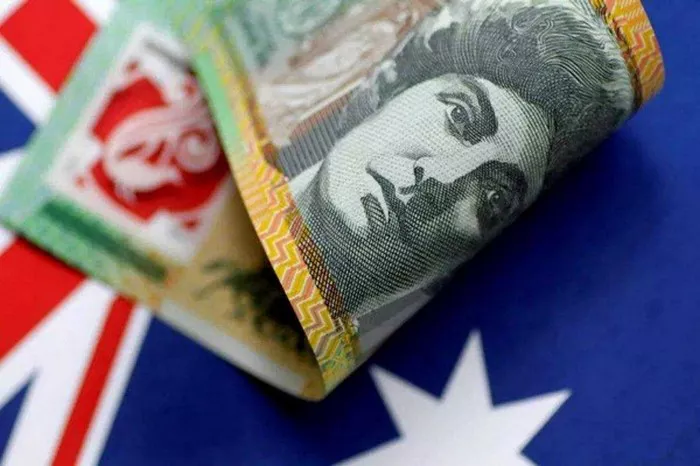AUD/JPY fell to fresh intraday lows after the Reserve Bank of Australia (RBA) announced its policy decision, and retreated after surging to the 97.55-97.60 area (or its highest level since June 19) during the session. The spot price is currently trading near the 97.00 integer mark, down nearly 0.30% throughout the day, and seems to have ended its six-day winning streak.
The Australian dollar (AUD) edged higher after the Reserve Bank of Australia decided to raise the Official Cash Rate (OCR) by 25 basis points to 4.35% from 4.10% at the end of its November meeting, as widely expected. In an accompanying monetary policy statement, the central bank noted that further tightening of monetary policy would depend on data and evolving risk assessments. Meanwhile, the Reserve Bank of Australia currently expects CPI to reach around 3.5% by the end of 2024 and the upper end of the 2% to 3% target range by the end of 2025. This suggests additional rate hikes may be off the table and prompted fresh selling in AUD/JPY.
In addition, the unexpected decline in China’s trade balance data further exacerbated China’s economic difficulties, which became another factor dragging down the Australian dollar. China’s trade surplus fell sharply to $56.53 billion in October from $77.71 billion, its worst level since May 2022, as imports surged unexpectedly, the General Administration of Customs reported. Meanwhile, a further decline in exports suggests overseas demand is deteriorating. This, combined with a softening risk tone, has favored the relative safe-haven status of the Japanese yen (JPY) and prompted flows into the Australian dollar, which is considered riskier.
From a broader perspective, Tuesday’s decline could still be classified as a corrective pullback, especially after last week’s sharp rally of about 250 points. Therefore, it would be prudent to wait for strong follow-through selling before confirming that AUD/JPY has peaked in the near term and positioning itself for any meaningful depreciation move.


